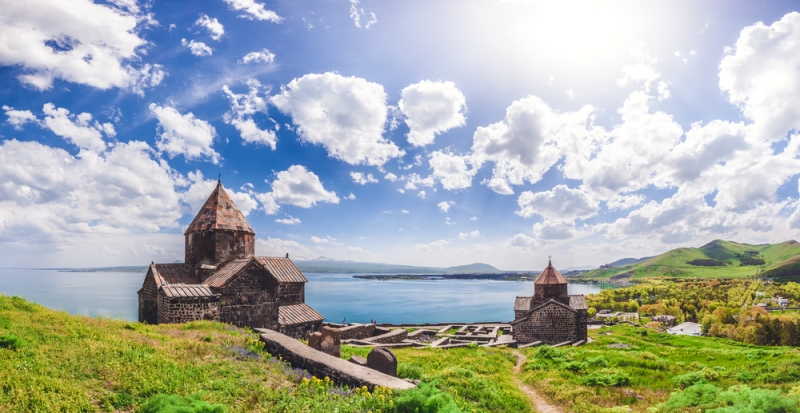
Read the first part of the story about Armenia here.
Ancient temple in Armenia
Just 28 kilometers from Yerevan is the Garni Temple, unique in that it is the only ancient structure in the country in the Hellenistic style, built back in 76 AD. by the Armenian king Trdat I, by whose order an inscription in Greek was carved on one of the walls:
“Helios! Trdat the Great, ruler of Great Armenia, built this impregnable fortress in the eleventh year of his reign.”
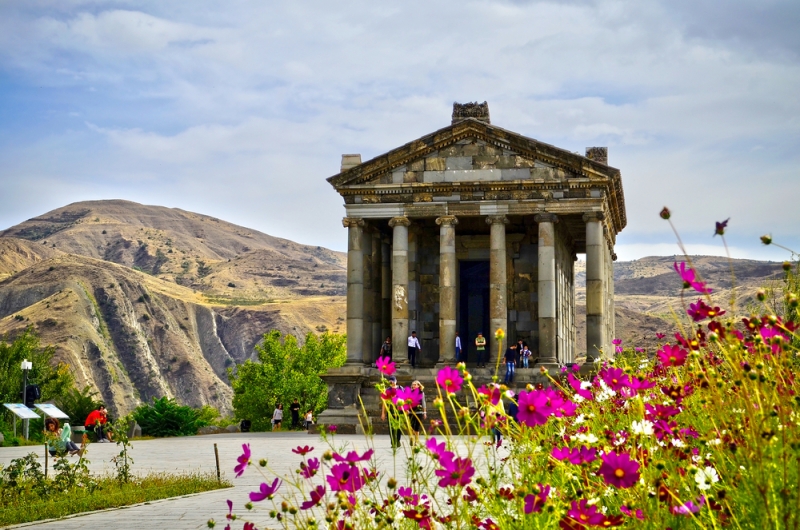
The Temple of the Sun in Garni, completely restored in 1976
This temple, which was also an impregnable fortress on the top, surrounded by a deep gorge, was the favorite summer residence of the Armenian rulers for many centuries.
Later, during a major earthquake, the Temple of the Sun, built using Hellenic technology from basalt blocks fastened with lead piles, stood, but the rest of the buildings, built from local limestone, collapsed. In the foreground of this photo, the ruins of an ancient fortress, royal chambers, and a bathhouse built in the 3rd century are clearly visible:
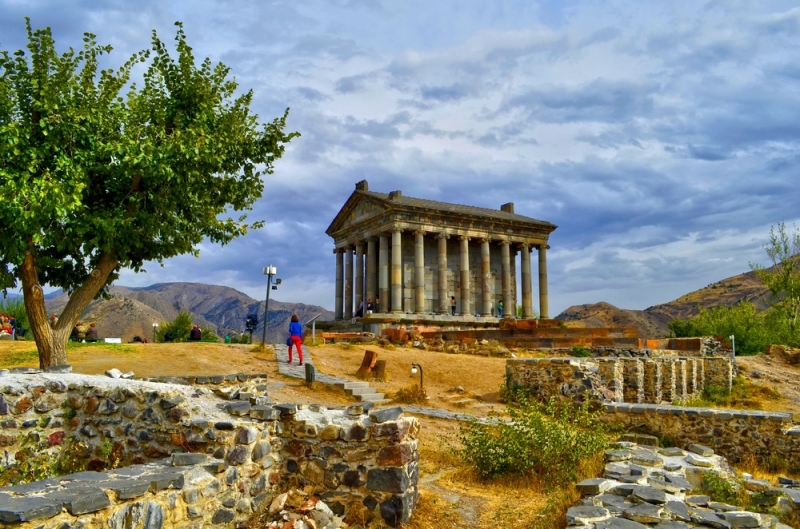
A picturesque view of the Azat River and the Garni Gorge with the famous “Stone Symphony” opens from here. The second name of this natural phenomenon: “Basalt Organ”.
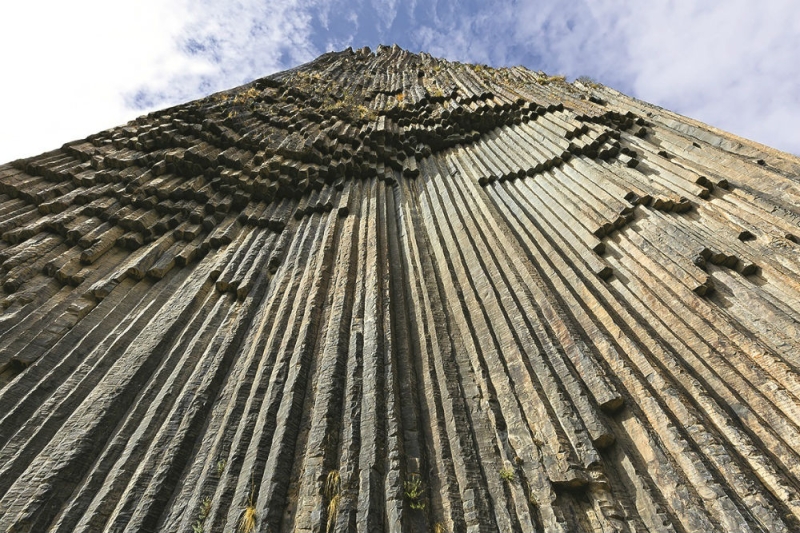
Armenia was the first in the world to officially adopt Christianity
Not everyone knows that in 301 AD. e. Armenia became the world’s first Christian state. The main role in this was played by Saint Gregory the Illuminator (Greek by nationality),
who became the first Catholicos of all Armenians, and King Trdat III the Great, who before his conversion was the most severe persecutor of Christianity and the personal enemy of Gregory the Illuminator.
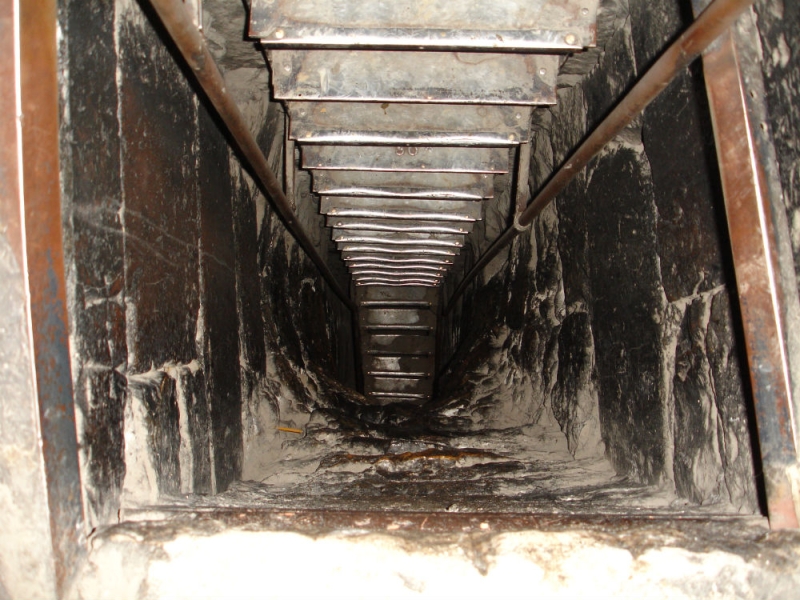
Entrance to the dungeon where St. spent 13 years in captivity. Gregory the Illuminator
It was Trdat III who first imprisoned Gregory the Illuminator for 13 years in the dungeon of the Khor Virap fortress, after which he committed many sins, in particular, he committed to martyrdom (stoning) the first Armenian great martyrs – the virgin Hripsime, who rejected his offer of married, and at the same time her mentor Gayana, along with several dozen associates.
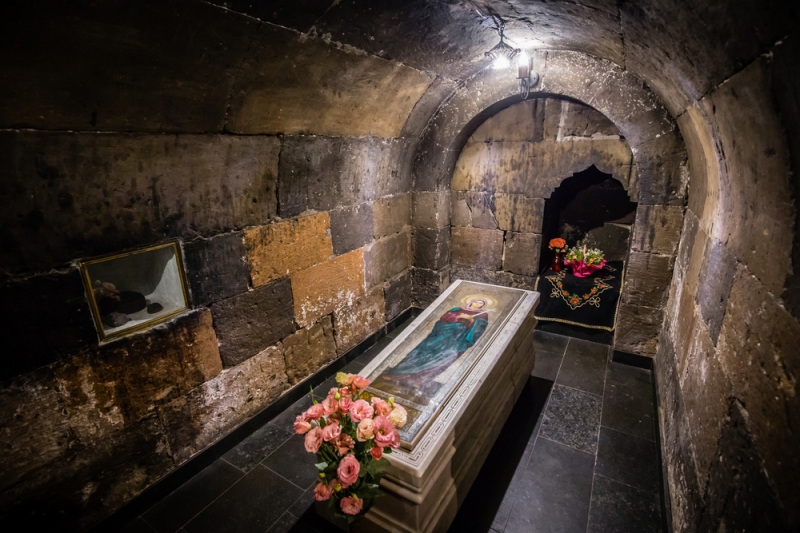
One of the oldest churches in Vagharshapat, the crypt of the Virgin Hripsime
But then, as the chronicles testify, the execution of the Hripsimian virgins caused Trdat III a strong mental shock, which led to a severe nervous illness. The king’s sister Khosrovadukht repeatedly had a prophetic dream that only Gregory the Illuminator could heal her brother. As a result, he was released from a 13-year imprisonment and was solemnly received in the palace, where with his prayers he healed the monarch, who thus believed in Christ and declared Christianity the official religion of the state.
After which, as happened in other countries, he devoted the rest of his life to eradicating with fire and sword all other ancient beliefs, simultaneously destroying countless statues, temples and written documents related to paganism. As a result, little is known today about the ancient history and culture of Armenia.
Geghard – a temple carved into the mountains
But, perhaps, the most important cult complex in Armenia is the mountain temple of Geghard (literally “Spear”),
listed by UNESCO as a World Cultural Heritage Site. The name comes from the spear of Longinus, which was used to pierce the body of Jesus on the Cross. As stated, this artifact was brought to Armenia from the Holy Land by the Apostle Thaddeus, among many other relics.
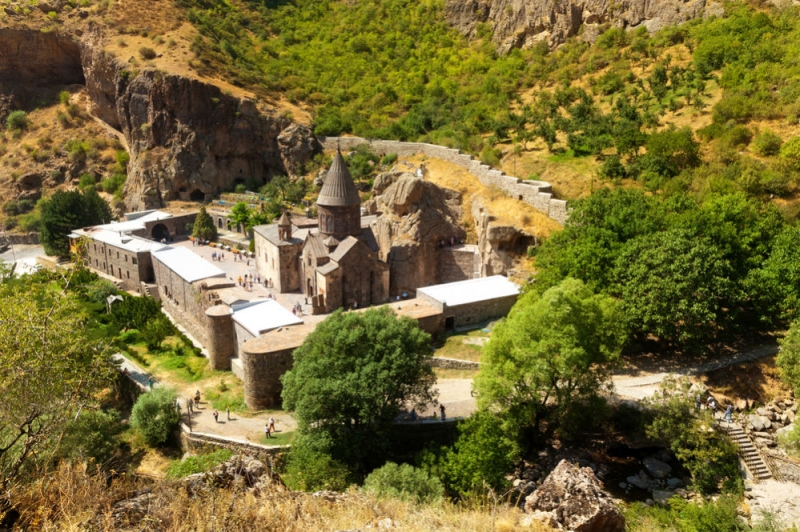
Photo: Geghard Monastery, located 45 kilometers from Yerevan
Some temples of the monastery complex are completely hollowed out inside the rocks, others are rooms surrounded by high walls, as well as rooms carved deep inside the cliff. The entrances to some cave rooms are reinforced with metal brackets, but most cave cells look much more ascetic; the only “decoration” is an image of a cross on the wall.
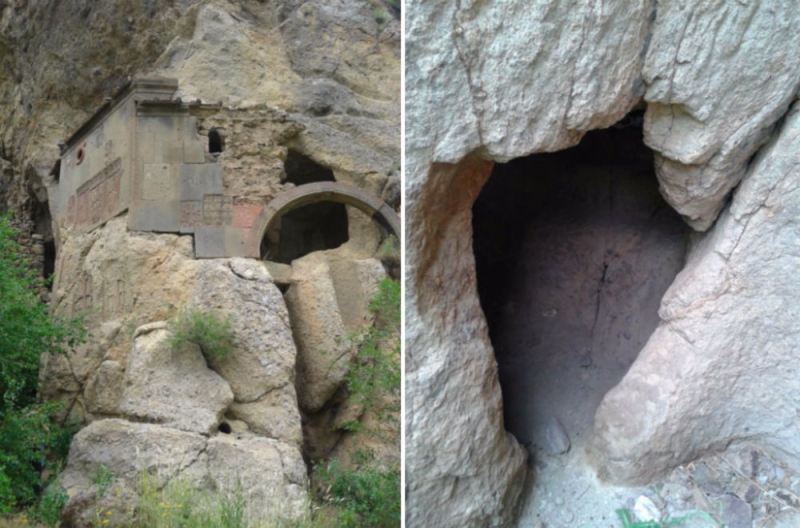
The monastery was founded in the 4th century on the site of a sacred spring originating in a cave. Therefore, it was originally called Ayrivank (literally, “cave monastery”). According to legend, the founder of the monastery was Gregory the Illuminator, who had already been elevated to the rank of Catholicos of all Armenians.
However, the main chapel was built later, in 1215, under the patronage of the Georgian Queen Tamara, who conquered most of Armenia from the Seljuks.
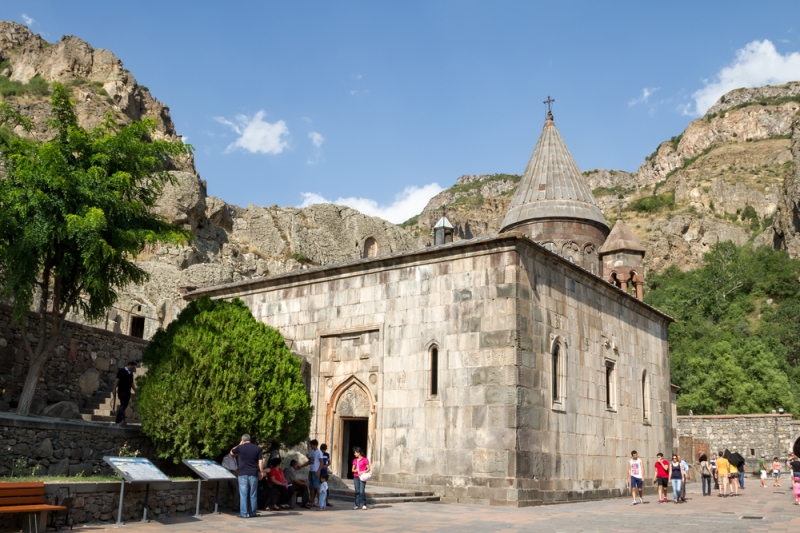
Main Chapel of Geghard
By the way, the same spear of Longinus, which gave the name to the Geghard monastery, is today kept in the Etchmiadzin temple-museum – a treasury of Christian relics, including pieces of the cross on which Jesus Christ was crucified, fragments of Noah’s Ark and many others.
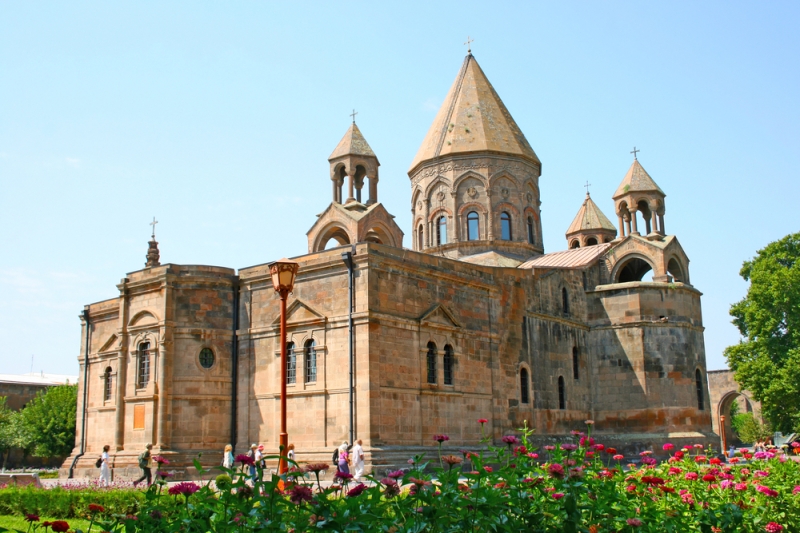
Echmiadzin Temple-Museum
Khachkars – a unique sign of Armenia
It is necessary to mention that literally the entire territory of Armenia is dotted with khachkars – traditional Armenian stone steles with crosses (“khach” – cross, “kar” – stone).
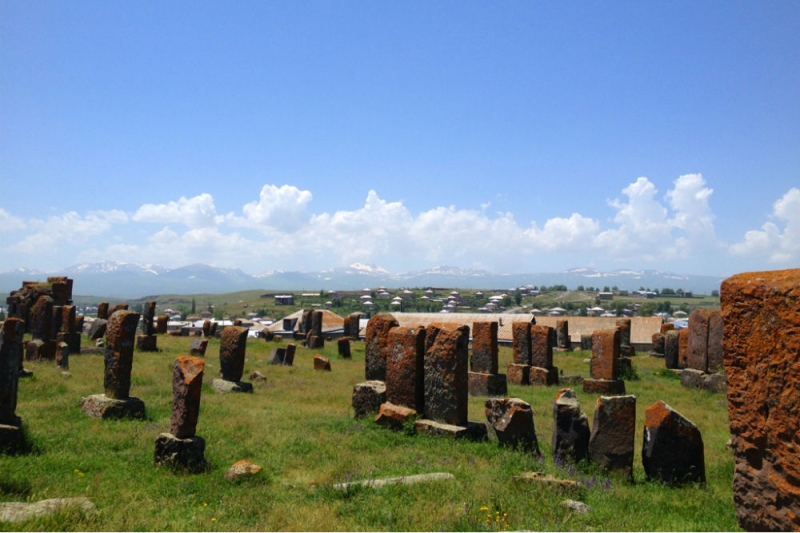
“Valley” of khachkars in the vicinity of Geghard
Each of the tens of thousands of khachkars has its own unique pattern, although all are designed in the same style. The prototypes of these unique obelisks were Urartrian and Hellenistic monuments. With the introduction of Christianity in Armenia, the practice of creating khachkars continued, moreover, it took on unprecedented proportions; it was then that a cross became an indispensable attribute in the composition of each of them.
As you already understand, Armenians are very devout. Temples are scattered throughout the country. And what’s remarkable is that when passing by them, even at a distance, people of all ages are sure to stop, bow and cross themselves at them.
“Second Switzerland” in the northeast of Armenia
To take a little break from the religious sights of Armenia, let’s move to the National Park and part-time resort town of Dilijan, located in the Tavush region, which is often called the “second Switzerland”.
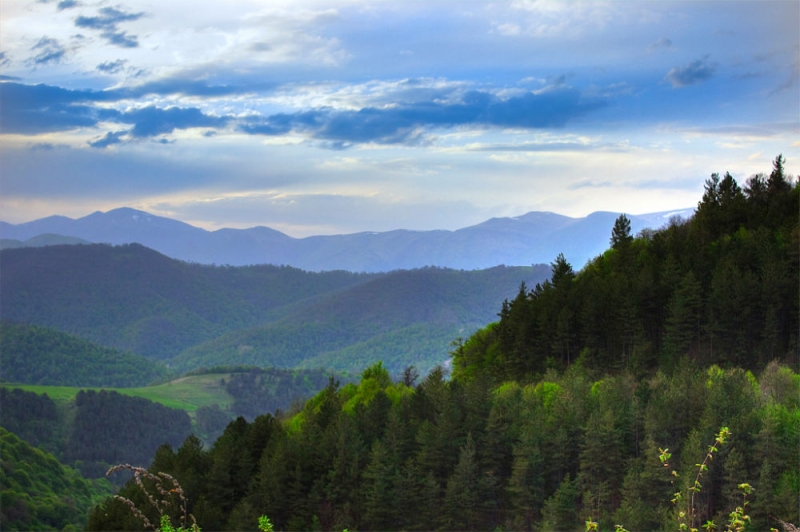
The mountainous and forested landscape protects Dilijan from the winds and provides a healing climate throughout the year. In addition to the mass of tourists who come here to admire the natural beauty, the resort is visited by a large number of people in need of balneological treatment: many mineral springs and healing air create miraculous conditions for those who suffer from diseases of the respiratory system.

